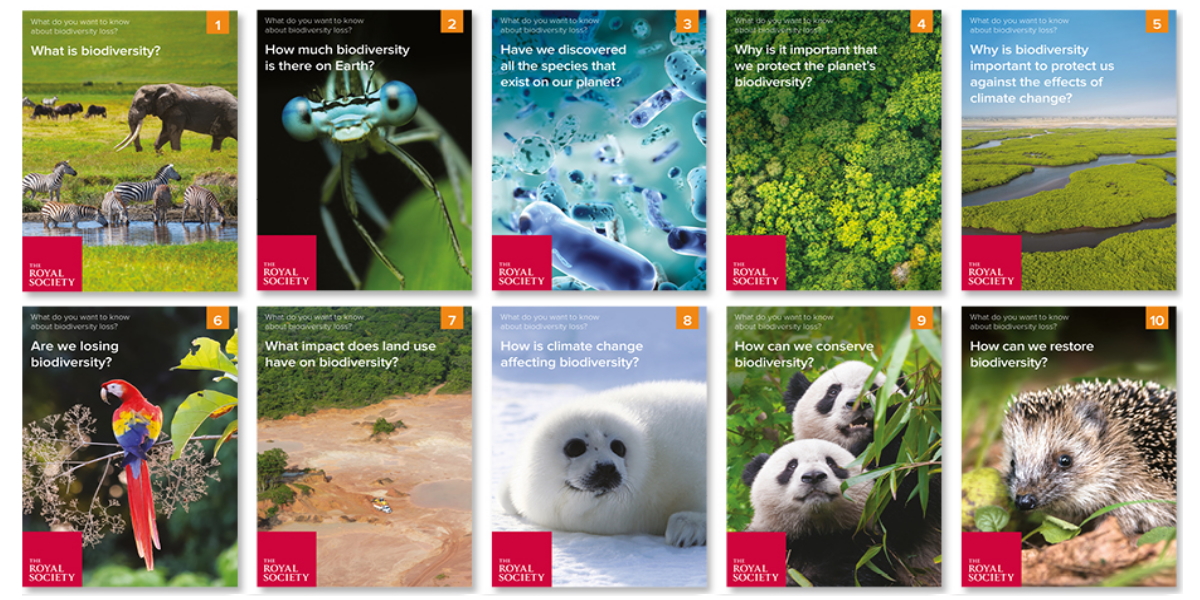Filters
Clear allSubject
- Careers (7) Apply Careers filter
- Climate Change (2) Apply Climate Change filter
- Computing (7) Apply Computing filter
- Cross curricular (3) Apply Cross curricular filter
- Design and technology (4) Apply Design and technology filter
- Engineering (4) Apply Engineering filter
- Leadership (1) Apply Leadership filter
- Mathematics (21) Apply Mathematics filter
- Personal development (1) Apply Personal development filter
- Psychology (2) Apply Psychology filter
- Science (73) Apply Science filter
- STEM Clubs (4) Apply STEM Clubs filter
Age range
Type
- Activity sheet (53) Apply Activity sheet filter
- Article (3) Apply Article filter
- Data set (2) Apply Data set filter
- Experiment (6) Apply Experiment filter
- Group work (3) Apply Group work filter
- Image (2) Apply Image filter
- (-) Remove Information sheet filter Information sheet
- Interactive resource (4) Apply Interactive resource filter
- Open-ended task (1) Apply Open-ended task filter
- Poster (4) Apply Poster filter
- Presentation (28) Apply Presentation filter
- Research (2) Apply Research filter
- Self assessment (1) Apply Self assessment filter
- (-) Remove Teacher guidance filter Teacher guidance
- Video (12) Apply Video filter
- (-) Remove Include Physical Resources filter Include Physical Resources
Showing 100 results
One of a series of resources from Science & Plants for Schools (SAPS) investigating key topics in plant biology. This reliable and enjoyable practical gives students the opportunity to observe the different pigments involved in photosynthesis using thin layer chromatography (TLC). A low-cost method to get the...
This resource focuses on some research data into the prevention of anterior cruciate ligaments (ACL) injury. The activities included in this resource will enable students to develop their ability to evaluate claims based on science through critical analysis of the methodology, evidence and conclusions, both...
This Core Maths activity is based on the television programme ‘The Apprentice’ and was written by Core Maths students and their tutor. Examples of student work is also included.
The Apprentice: Guidance
The guide explains how the task was created and introduces the activity, including...
Produced by Science & Plants for Schools (SAPS), this investigation looks at end-product inhibition of the enzyme phosphatase.
The investigation is designed for students following a Scottish Highers course but it is equally useful for other post-16 courses in biology.
This investigation involves...
Produced by Science & Plants for Schools (SAPS), this activity enables students to investigate the effects of the plant hormone indole acetic acid (IAA) on root growth in mustard seedlings.
Different concentrations of IAA appear to have differing effects on root growth. These effects may vary from one...
Produced by Science & Plants for Schools (SAPS), this activity enables students to investigate the effects of different concentrations of nitrates, phosphates and potassium on the growth of radish seedlings.
After sowing, the radish seedlings are kept well watered, in a warm temperature under constant...
Produced by Science & Plants for Schools (SAPS), this investigation enables students to investigate the response of leaf discs from sun and shade plants to green light
Leaf discs from a sun plant and a shade plant are put in a sodium hydrogen carbonate solution. The rate of photosynthesis is seen by how...

These evidence-based, question and answer style classroom resources can be used to engage students of all ages...

These evidence-based, question and answer style classroom resources can be used to engage students in the climate...
This pack provides a stimulating way of learning about scientific journal articles and highlights the difference between ‘research’ and ‘review’ papers.
It is suggested that students start by watching a silent video showing an unusual behaviour in capuchin monkeys, ‘anointing’, for which there are various...
